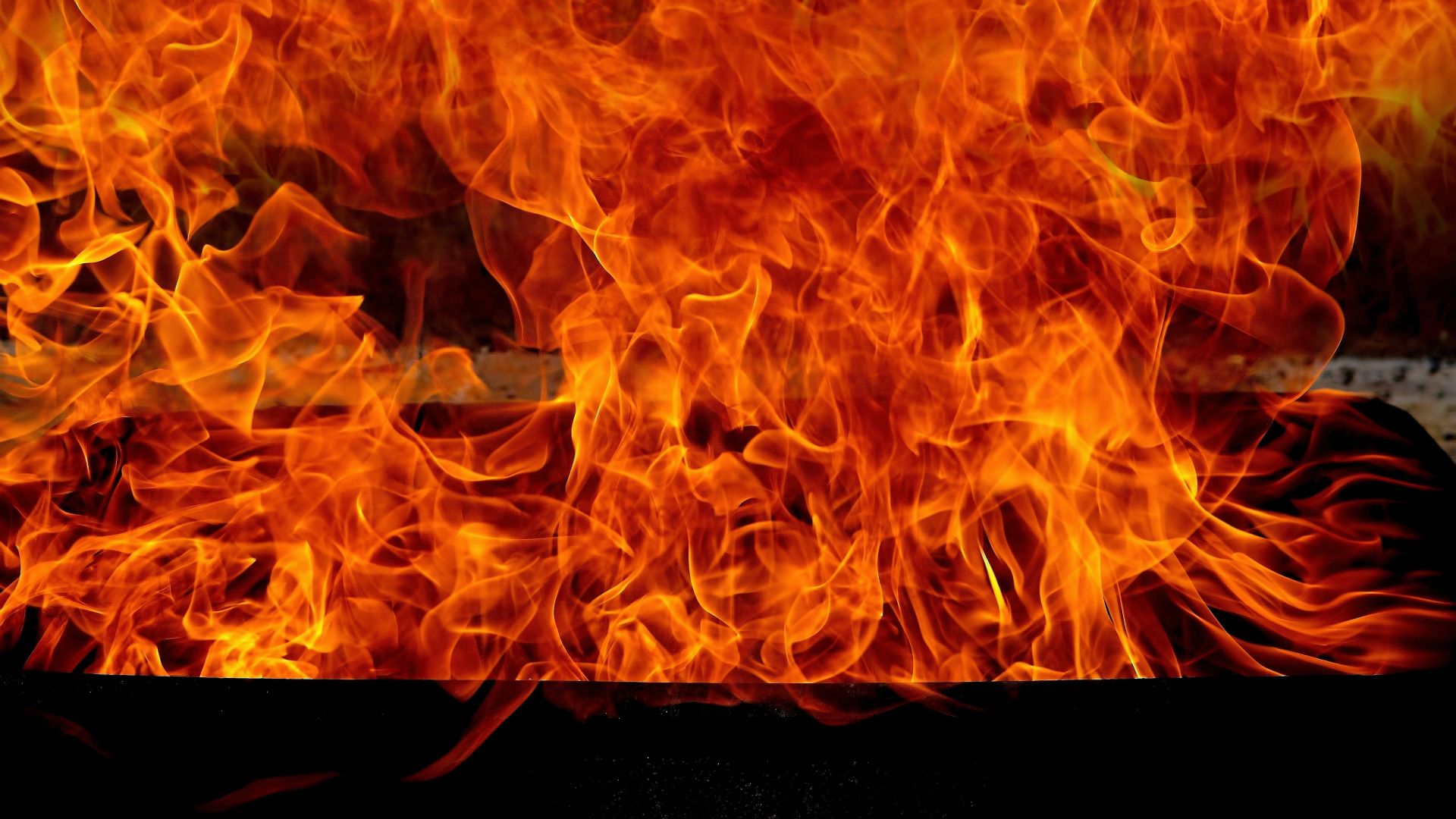19/10/2021
What is passive fire protection? When is it needed and what important factors do specifiers and building owners need to consider? In our latest blog, we take a closer look at some of the areas where passive fire protection plays an active role – and how choosing the most appropriate products can help contain and control the spread of fire.
What is passive fire protection? When is it needed and what important factors do specifiers and building owners need to consider? In our latest blog, we take a closer look at some of the areas where passive fire protection plays an active role – and how choosing the most appropriate products can help contain and control the spread of fire.
When a fire breaks out, time is of the essence so it’s vital that the building can be safely evacuated and the fire extinguished as soon as possible. Passive fire protection is one of the most effective ways to extend this vital period of time, helping to contain smoke, flames and heat in one area of a building to slow the spread, keep exits and evacuation routes clear, limit potential damage to the building’s structure and contents. Ultimately, and most importantly, passive fire protection can help to save lives.
Despite the importance of passive building protection, unlike more ‘active’ solutions such as smoke alarms, extinguishers and sprinkler systems, they are often hidden from view so it’s vital that not only are the correct products specified, but that a robust strategy is put in place so that these important safety measures can be understood and maintained.
Filling in the gaps
One of the key areas of a building where passive fire protection is required is within the linear seals between walls, floors and ceilings. Essentially, any gap between the interfaces can be a potential weak spot and although there isn’t always much to see, the risk can be huge. When a fire breaks out in a specific area, toxic smoke, flames and heat can quickly spread to other areas through these linear seals between the walls, ceilings and floors. The use of specialist passive fire protection products can effectively ‘seal’ these gaps, containing the fire in one area and extending the time it will take for it to spread to other parts of the building.
Linear seal is a relatively broad term and with so many variables to consider, the required approach will vary from building to building.
A common approach is to use a fire-rated joint sealant such as Sikasil® - 670 Fire Rated Silicone Joint Sealant, in combination with a standard PE backing rod. In this case only the sealant is usually required to provide fire resistance while the backer rod is considered as sacrificial.
An alternative approach is to use a fire-resistant backer rod, typically based on an inorganic fire-resistant material like mineral wool – such as Sika® Backer Rod Fire - and combine it with a specialist and fully tested sealant such as Sikaflex Pro 3, Sika Hyflex 250 or Sika AT Connection. In this case the fire resistance of the linear seal is provided by the backer rod and the joint sealant is used to accommodate limited movement, ensure water tightness and provide mechanical protection.
A third option is to seal the joint with a fire-resistant expanding foam such as Sika Boom® - 420 Fire. This system must be installed as per the manufacturers’ instructions as fire-resistant foams can only be used in specific joint configurations.
Fit for purpose
The use of passive fire protection products on linear seals can help restore the fire resistance of the joining elements but the level of fire resistance that can be achieved depends greatly on the products used. It’s also important to consider the building itself. For example, what are the different building materials used? Is it a vertical seal in a wall or a horizontal seal on a floor? What level of structural movement is expected?
It’s vital that any linear seal is protected against the general use and movement of the building and that it doesn’t start to gape, crack or fail over time. This is why specifiers should consider specialist products which are supported by specialist knowledge – and why we offer full technical evaluations which take into account these and many other key questions to ensure the most effective passive fire protection strategy can be implemented.
To keep up with the very latest news from Sika about our passive fire protection product range, follow us on social media or email us on firestopping@uk.sika.com.

